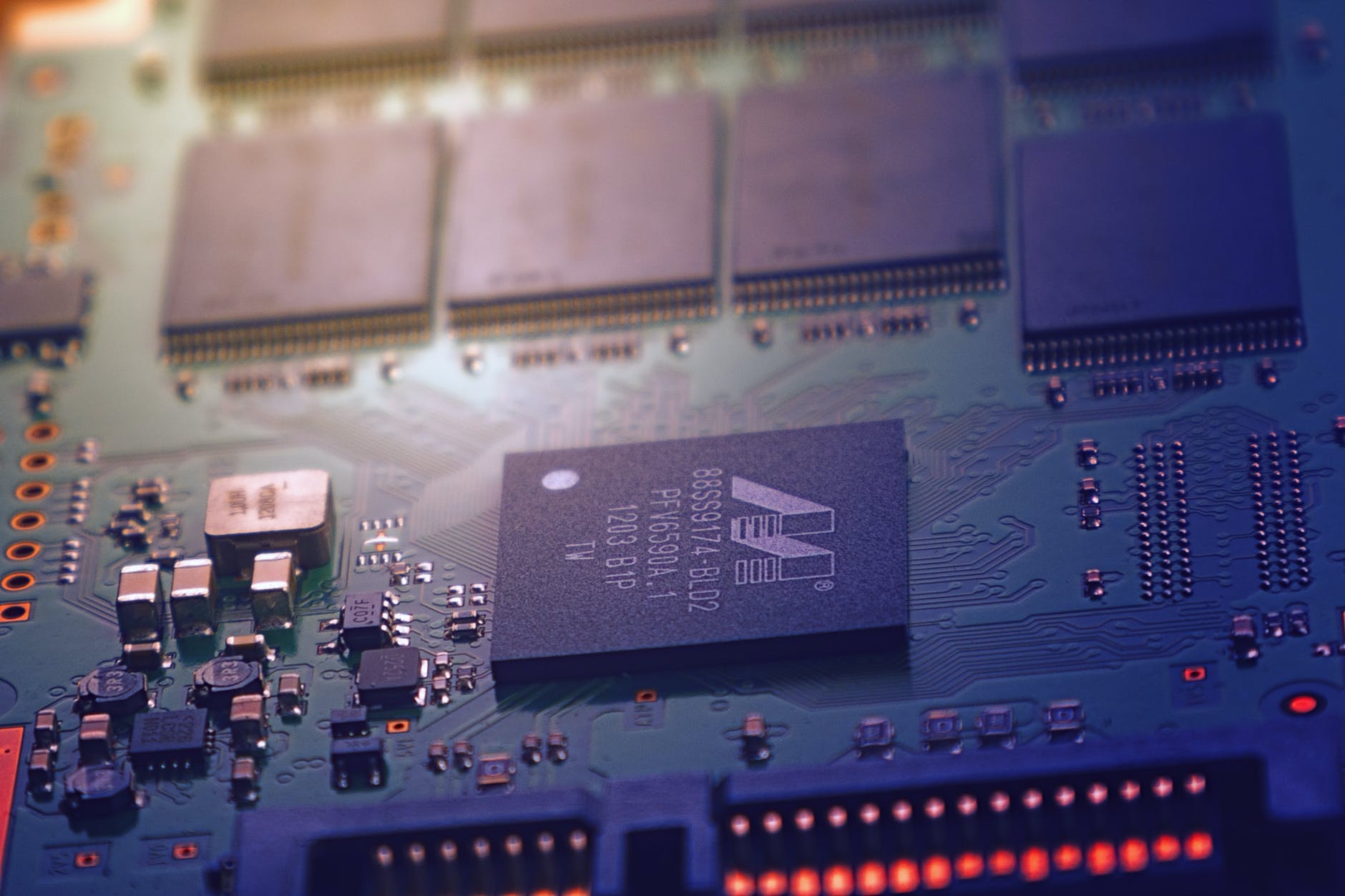Table of Content
Brands are paying close attention to their target demographic as the market grows and have been modifying their marketing tactics to draw in customers. Our research analysts will help you to get customized details for your report, which can be modified in terms of a specific region, application or any statistical details. In addition, we are always willing to comply with the study, which triangulated with your own data to make the market research more comprehensive in your perspective. In a nutshell, this report is a must-read for industry players, investors, researchers, consultants, business strategists, and all those who have any kind of stake or are planning to foray into the market in any manner.

The surge of the coronavirus pandemic has resulted in the digital transformation of the world. Most of the people staying at home are attempting to refigure their living spaces to meet the requirements of work and other activities at home. The growing upgradation of homes by adopting the latest technological advancements to aid in various applications is consequently augmenting the market growth. Moreover, the rising ownership and use of smart speakers, especially among the youth, for making the living spaces more comfortable, relaxing, and multifunctional during home quarantine is providing further impetus to the smart home industry. A smart home is an automated home setup that includes a wide range of products, including smart lighting, home security, smart appliances, smart entertainment, and others. U.S. country is dominating the North America smart home market due to supporting infrastructure and strong product offering owing to strong manufactures base.
North America Holds the Major Share of the Market
ABB Ltd., Schneider Electric SE, Honeywell International Inc., Emerson Electric Co., Siemens AG are the major companies operating in Smart Homes Market. T-Mobile also announced that it will be launching a 5G-based home network by 2024. The aim is to extend coverage to previously underserved rural areas across the United States. It is currently offering a trial version of the service on its 4G LTE network to a select a number of T-Mobile customers.

Analysis of competitive intensity of the industry based on Porter’s Five Forces model. IoT integrations have also increased in the business market, as 93% of surveyed enterprises have implemented IoT systems by the end of 2019. A study has reported that roughly 44% of smart home tech adopters are parents with children younger than 18 years of age.
Smart Home Devices Market Scope: Inquire before buying
Also, it splits Smart Home market Segmentation by Type and by Applications to fully and deeply research and reveal market profile and prospects. Honeywell International, ABB Ltd, Control4 Corporation, General Electric Company, and Samsung Group are the top players in the market. For instance, in August 2021, SmartRent.com, LLC, a provider of smart home and smart building automation, announced a merger with Fifth Wall Acquisition Corp. In terms of region, the market is divided into North America, Asia Pacific, Europe, the Middle East & Africa, and Latin America.
The global smart home devices market size was USD 84.52 Billion in 2021 and is expected to register a revenue CAGR of 10.4% during the forecast period. The increasing importance of home monitoring in remote locations is driving smart home devices market revenue growth. A smart house is a functional home design where electronics and appliances can be remotely controlled through the internet from any location using a smartphone or other networked device.
Request for Sample of this report
The partnership was formed to deploy integrated, smart lighting solutions for commercial buildings. Both companies aim to enhance occupant experience, focusing on wellbeing and productivity and minimizing energy consumption. Risk of device malfunctioning of smart home devices is hampering the growth of the global smart home devices market. The global smart home services market size was estimated at USD 5.6 billion in 2021 and is expected to reach USD 6.2 billion in 2022.

Connecting historically "standalone" smart devices like lights, appliances, and locks clearly brings lots of new cyber security concerns. Even connected baby monitors are vulnerable to digital intruders, as a number of frightened parents discovered after hackers communicated with their young children via a hacked device. The IoT platform is one of the most significant global economic drivers for the smart home market growth.
Related Reports
This has opened a gateway to the smart HVAC control systems for the most advanced heating and air conditioning units in buildings. Thus, the already existing HVAC equipment would have to be either replaced or retrofitted to adjust the energy efficiency as per the government standards. This would drive the need for HVAC retrofitting, thereby augmenting the overall market's growth positively. North America to offer the second-highest growth opportunities for the smart container market during the forecast period. We work across the globe covering the largest array of countries where no other market research or business consulting firm has ever conducted research; creating growth opportunities for our clients in areas which are still unknown. The key research methodology used by DBMR research team is data triangulation which involves data mining, analysis of the impact of data variables on the market and primary validation.
Report Scope This latest report researches the industry structure, sales, revenue, price and gross margin. Major producers' production locations, market shares, industry ranking and profiles are presented. Report Scope This latest report researches the industry structure, capacity, production, sales , revenue, price and gross margin. This report also includes a discussion of the major players across each regional Smart Home market. Further, it explains the major drivers and regional dynamics of the global Smart Home market and current trends within the industry.
This growth is backed by the strong presence of major players, including Crestron, Amx, Honeywell International Ltd., and Control4 Corporation, operating in this market. Also, factors such as the increasing adoption of core communication technologies, namely Wi-Fi, Bluetooth, Zigbee, NFC, and the upcoming 5G network, are boosting the growth of the market. Key companies in this region are focused on entering into strategic mergers and acquisitions to expand their business units worldwide. Key firms are concentrating their efforts on the development of IoT platforms and related technology that may be employed in smart home goods. According to a report published by Bosch in May 2021, 10 million products in 2020, – including power tools, residential appliances, and heating systems – were already connected. Bosch is aiming to establish a strong position in the smart product's market for connected security and climate-control solutions by making the home even more user-friendly.

Smart home products are present in security cameras, smart lights, streaming devices, dishwashers, and more. The trend of artificial intelligence in smart home appliances for smart features is expected to increase the product demand. Moreover, the growing penetration of the internet and smartphones is driving the trend for internet and smartphone-connected smart home devices. To gain more info on smart home market contact Data Bridge Market Research for an Analyst Brief, our team will help you take an informed market decision to achieve market growth. The security and access control segment accounted for a moderate revenue share in 2021.
Advancement in the technology has provided today’s businesses with multifaceted advantages resulting in daily economic shifts. Thus, it is very important for a company to comprehend the patterns of the market movements in order to strategize better. An efficient strategy offers the companies with a head start in planning and an edge over the competitors.
In the last decade or so, internet penetration has risen dramatically, particularly in industrialized regions such as North America and Europe. Though Asia and Africa lag behind North America and Europe in internet penetration, yet it looks promising for the future. Increasing number of internet users and growing adoption of smart devices is driving the adoption of smart home devices.
The segment is expected to expand significantly throughout the projected period due to the growing use of various modern devices that are installed to identify abnormalities and behavioral patterns in the patient’s health. Moreover, the availability of various residential service platforms to facilitate installation in an individual’s home gateway is likely to accelerate industry trends. This report offers historical data and forecasts revenue growth at a global, regional, and country level, and provides analysis of the market trends in each segment from 2018 to 2028.


No comments:
Post a Comment